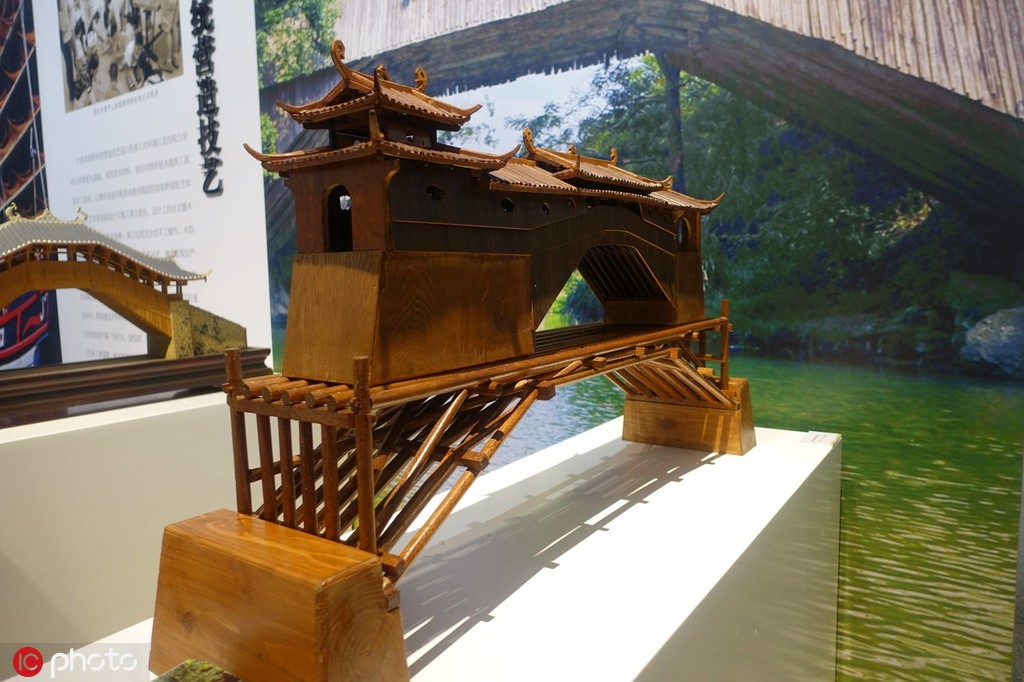Traditional design and practices for building Chinese wooden arch bridges



Wooden arch bridges are found in Fujian province and Zhejiang province, along China’s southeast coast. The traditional design and practices for building these bridges combine the use of wood, traditional architectural tools, craftsmanship, the core technologies of ‘beam-weaving’ and mortise and tenon joints, and an experienced woodworker’s understanding of different environments and the necessary structural mechanics. The carpentry is directed by a woodworking master and implemented by other woodworkers. The craftsmanship is passed on orally and through personal demonstration, or from one generation to another by masters teaching apprentices or relatives within a clan in accordance with strict procedures. These clans play an irreplaceable role in building, maintaining and protecting the bridges. As carriers of traditional craftsmanship the arch bridges function as both communication tools and venues. They are important gathering places for local residents to exchange information, entertain, worship and deepen relationships and cultural identity. The cultural space created by traditional Chinese arch bridges has provided an environment for encouraging communication, understanding and respect among human beings. The tradition has declined however in recent years due to rapid urbanization, scarcity of timber and lack of available construction space, all of which combine to threaten its transmission and survival.
(Quoted from the entry of UNESCO Intangible Heritage List)
Features
 Intangible Cultural Heritage
Crafting horses for the New Year: Intangible heritage welcomes the Year of the Horse
Intangible Cultural Heritage
Crafting horses for the New Year: Intangible heritage welcomes the Year of the Horse



